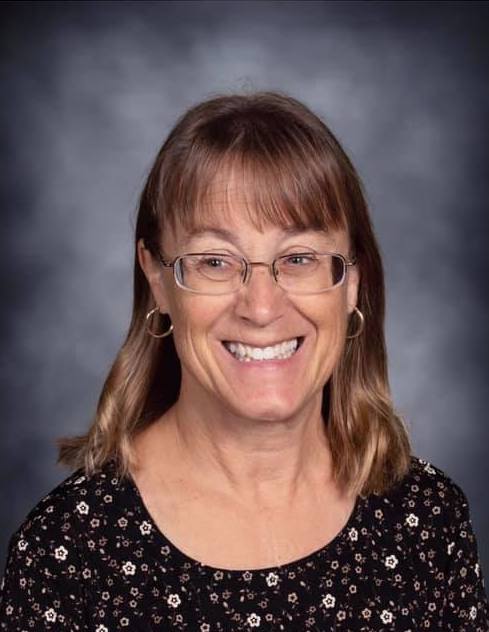Tips From a Team Advisor
The buzz word in education for the last few years has been STEM and rightly so. Encouraging our students to BE scientists and to BE engineers is THE goal. It means that learning is problem based, hands on and more relevant than ever.
Its relevance is key - if students see what they are learning as directly impacting their lives and the lives of the people in their communities, the learning becomes much more significant. Engaging students in eCYBERMISSION is an opportunity to do just that. Through eCYBERMISSION, students investigate a problem in their community or work towards designing a solution.
Now, taking on the role of Team Advisor can feel overwhelming and just a little bit scary--all those questions and rubrics! How can I find time to serve as a Team Advisor and still get all of the standards taught? This is a valid concern, but we’re here to help.
This past summer, a team of twelve experienced educators and Team Advisors came together to create lesson plans for you to utilize in the classroom or in your after school clubs. The lesson plans follow two paths - the traditional Scientific Method as well as Engineering Design. To further make the lesson plans more adaptable to your personal situation, there are both one day and multi- day options.
But, wait, it gets better. The lessons not only are NGSS aligned, but they are coordinated to match each of the Mission Folder requirements. For example, in “Identifying a Community Problem”, students will identify what a community is and where in their community they see areas for improvement – for example, maybe there is a problem with debris along a riverbank. They will journal their observations from their own community and discuss how these can become missions for eCYBERMISSION. Students will select a problem to solve and use flowcharts to decide whether their project is suited for scientific inquiry or the engineering design process. In the lesson plan, “Setting Up an Experiment”, students will participate in an experiment, practice writing procedures and creating data tables and analyze, score and rewrite the same experiments based on the eCYBERMISSION rubric. And while they are doing that, they also meet several of the NGSS SEPs, and DCIs - a win WIN!
Need more help? The TA Help Center also provides videos, rubrics, timelines and examples of past team folders, a TA User Guide and even mentors for more personal help. Yes, being a TA can take some time, but the resources available here are plentiful and the rewards - student learning - is immeasurable.
eCYBERMISSION extends a special thanks to this week’s guest blogger and eCYBERMISSION Team Advisor, Kathy Biernat. Access the Team Advisor help center here and find all the lesson plans as well as other great resources.
Thanks, Kathy!





Comments
Post a Comment
We welcome your comments and expect that our conversation will follow the general rules of respectful civil discourse. This is a moderated blog, and we will only post comments from bloggers over 13 years of age that relate to eCYBERMISSION. We will review comments for posting within one business day. Bloggers are fully responsible for everything that they submit in their comments, and all posted comments are in the public domain. We do not discriminate against any views, but we reserve the right not to post comments.